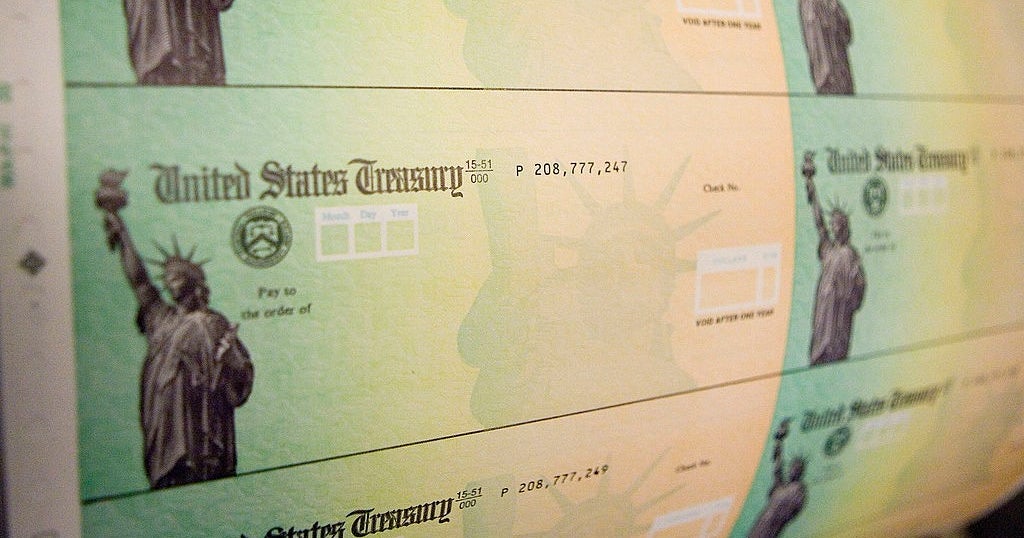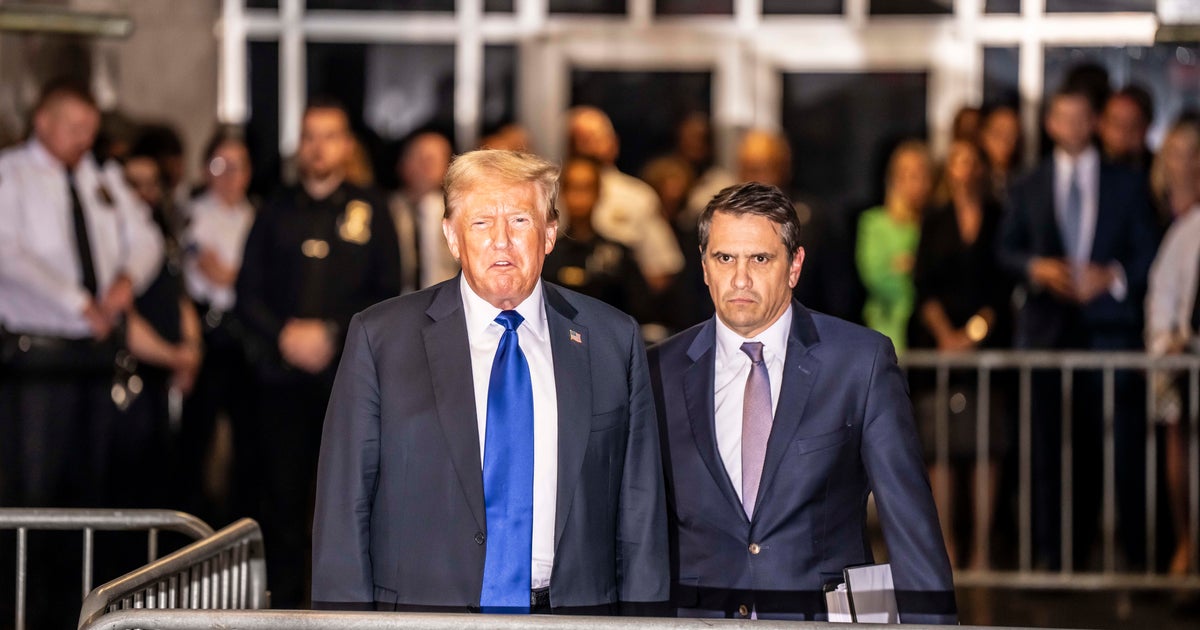Trump vs. Yellen: Signs of a cold war emerge between president-elect and Fed
The old Wall street saying is that it doesn’t pay to fight the Fed. But Donald Trump, as a candidate, showed his contempt for the Federal Reserve and its leader, Janet Yellen. Now, Yellen is fighting back, if ever so subtly.
At a rally in September, Mr. Trump accused Yellen of doing President Barack Obama’s bidding by keeping interest rates artificially low, to prevent the economy from looking bad. “She should be ashamed of herself,” he said, “What they are doing is, I believe, it’s a false market,” referring to the central bank. He pledged not to reappoint her to a second four-year term once her current tenure ends in January 2018.
Back then, she confined her response to a polite denial that Fed policy was set with elections in mind. “I can say, emphatically, that partisan politics plays no role in our decisions about the appropriate stance of monetary policy,” she said during a press conference following the Fed’s policy meeting that month.
But in her news conference Wednesday, following the Fed’s decision to raise short-term interest rates by a quarter-percentage point, Fed Chair Yellen stepped up her response, albeit in a measured way. She displayed defiance toward President-elect Trump and some of his policies, and offered a defense of the Fed’s independence.
Some speculate that, now that he has actually won the presidency, Mr. Trump has mellowed toward Yellen and the Fed, as he seems to have done on some other issues. Since the election, he has remained silent about the central bank and its chief. A query to the Trump transition team about his latest thinking on the Fed went unreturned.
Reporters repeatedly tried Wednesday to entice her into criticizing Mr. Trump. At first blush, she appeared to deflect the questions diplomatically. For instance, asked about his tweets slamming companies, like Boeing (BA), she replied: “I’m not going to give the incoming president advice about how to conduct himself in policy.”
Nevertheless, piece by piece, at her news conference, she took on Mr. Trump in several key areas:
Fed independence. Yellen pointed out that the Fed is meant to function apart from both Congress and the executive branch, to insulate it from political influence in its monetary decisions. “She’ll fight fiercely for that,” said Chris Zaccarelli, chief investment officer for Cornerstone Wealth. There’s a movement in Congress among the more conservative Republicans to scrutinize the central bank’s deliberations more thoroughly, often dubbed “auditing the Fed,” which some feel is a first step to undermining its independent nature.
“I’m a strong believer in the independence of the Fed,” Yellen said Wednesday. “We have been given the independence by Congress to make decisions about monetary policy in pursuit of our dual mandate objectives of maximum employment and [minimum] inflation. That’s what I intend to stay focused on, that’s what the committee is focused on.”
Her continuity. After Mr. Trump said during the campaign that he wouldn’t keep her on for another term, speculation arose that he would force her out before the end of her tenure, even though he has no authority to remove her. FBR Capital Markets analyst Edward Mills declared: “The future of Janet Yellen’s chairmanship and the accommodative nature of Fed monetary policy are in doubt.”
While Yellen previously said she would serve out her time as chair, on Wednesday she responded with a tiny bit more lecture-like bite: “I guess the way I think about it is that I was confirmed by the Senate to a four-year term. The term of the Fed chair was not meant to coincide with the president ... I do intend to serve out my four-year term.”
She went on to say: “I haven’t made any decision about the future. I recognize I might or might not be reappointed.” But then she noted that her term as a Fed governor -- one of seven whom she presides over as chair -- lasts until 2024, meaning she might stick around in one form or another.
Dodd-Frank banking reforms. Mr. Trump has said he wants to dismantle much of the Dodd-Frank law that imposes a heavier regulatory hand on banks. While acknowledging that some of the measure’s requirements have gone too far, Yellen said that it was “important” to maintain key provisions. Namely, higher capital-reserve levels at banks, to buffer them in bad times, and “living wills” on lenders, which lay out the procedures for a troubled institution to close without a federal bailout.
Fiscal stimulus. Yellen has long complained that the burden of trying to right the economy after the financial crisis was mostly on the Fed’s shoulders, with little help from sustained government spending in such areas as infrastructure. The absence of a fiscal component in economic stimulus for much of the past eight years was due to a rift between the GOP-controlled Congress and the Obama administration. Now that Mr. Trump is calling for heavier federal outlays to boost the economy, she said it really is no longer necessary: “So I would say at this point that fiscal policy is not obviously needed to provide stimulus to help us get back to full employment.”
GDP growth. Mr. Trump wants to double the tepid GDP growth rate to around 4 percent. Yellen’s Fed evidently doesn’t think that is do-able. It projects economic growth of 2.1 percent next year, 2.0 percent in 2018 and 1.9 percent in 2019. And she warned about taking on more federal debt, which Mr. Trump apparently would have to do to meet his spending and tax-cut goals.
Always casting herself as making decisions that are “data dependent,” Yellen said she needed to know more about the details of Mr. Trump’s plan before knowing how the Fed would respond. On the evidence thus far, she appears to dislike what she sees. What will the next face-off be between these two?



